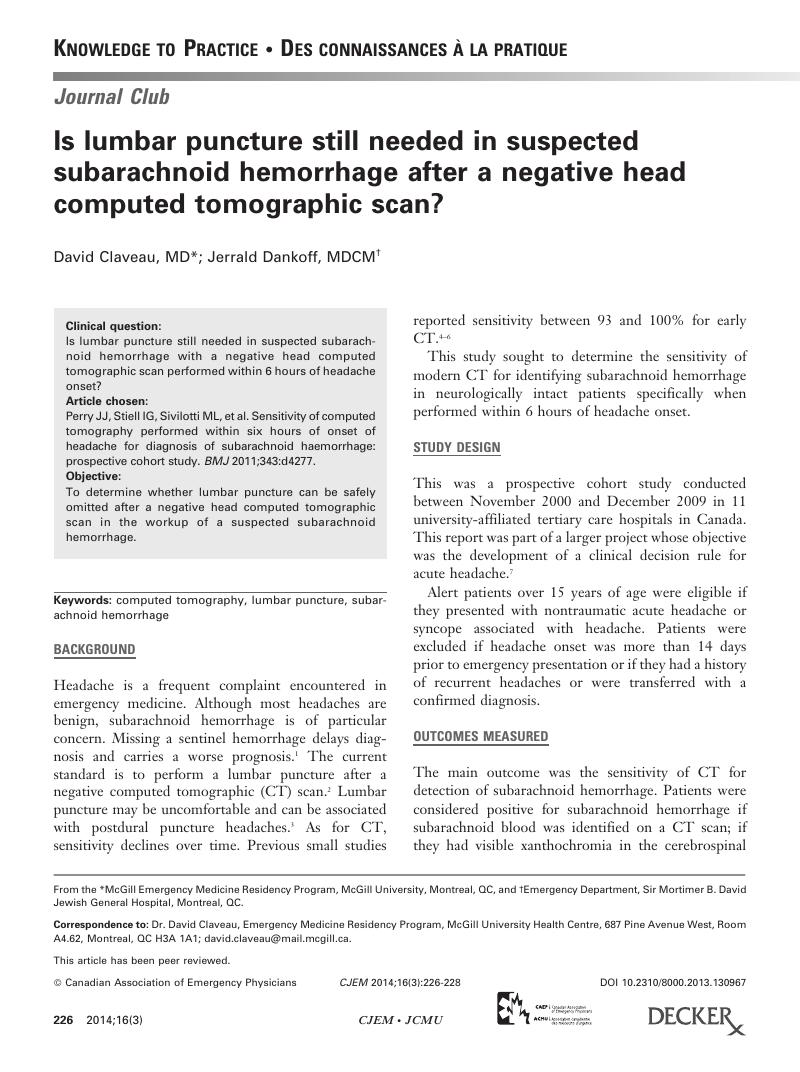Crossref Citations
This article has been cited by the following publications. This list is generated based on data provided by Crossref.
Lesmana, Maria Vashti Zerlinda
Wiyogo, Edrik
Susatia, Frandy
Wiguna, Candra
and
Harsan, Harsan
2023.
A Review of the Clinical Significance of Lumbar Puncture in the Diagnostic Approach of Aneurysmal Subarachnoid Hemorrhage (SAH): A Case Report of CT-Negative and Lumbar Puncture–Positive SAH.
Journal of Medicine, University of Santo Tomas,
Vol. 7,
Issue. 2,
p.
1235.





